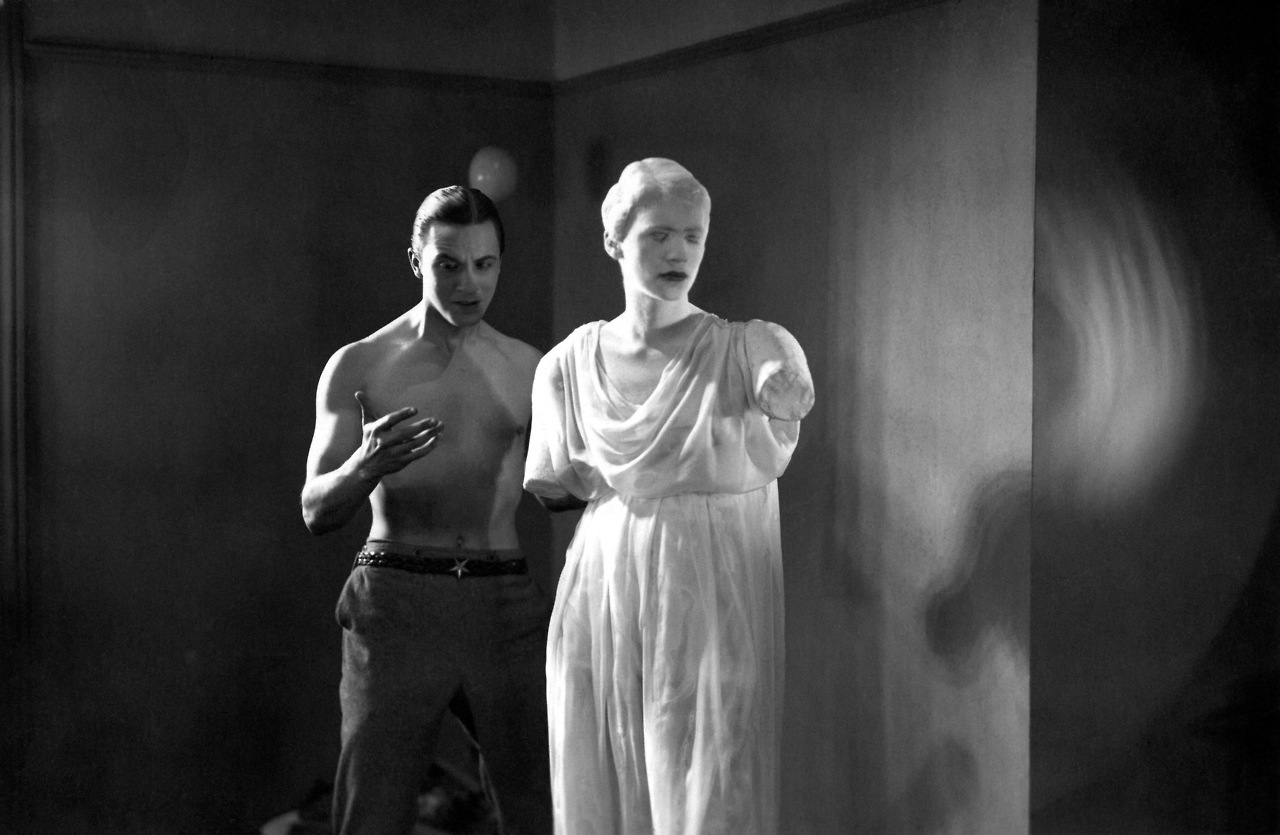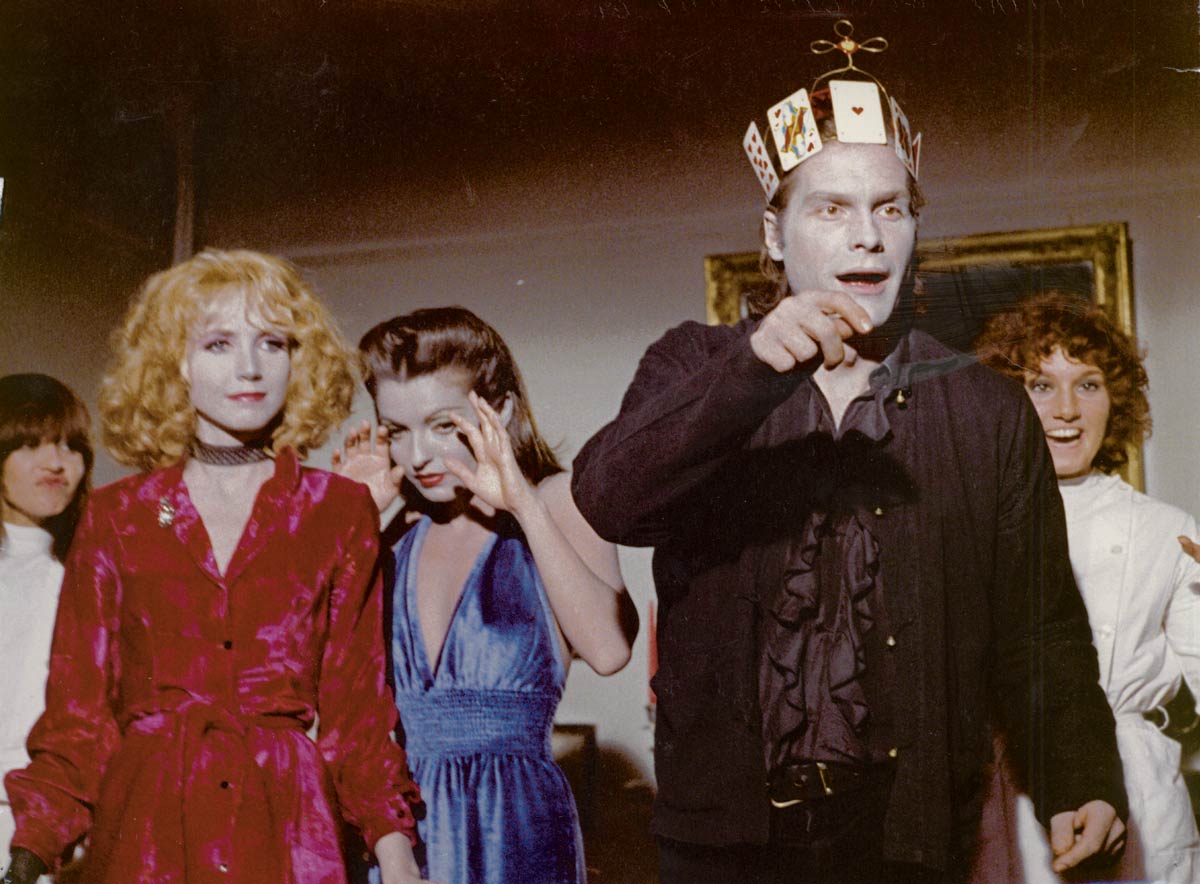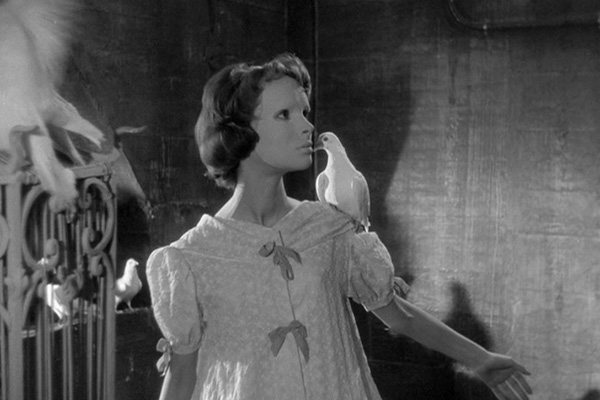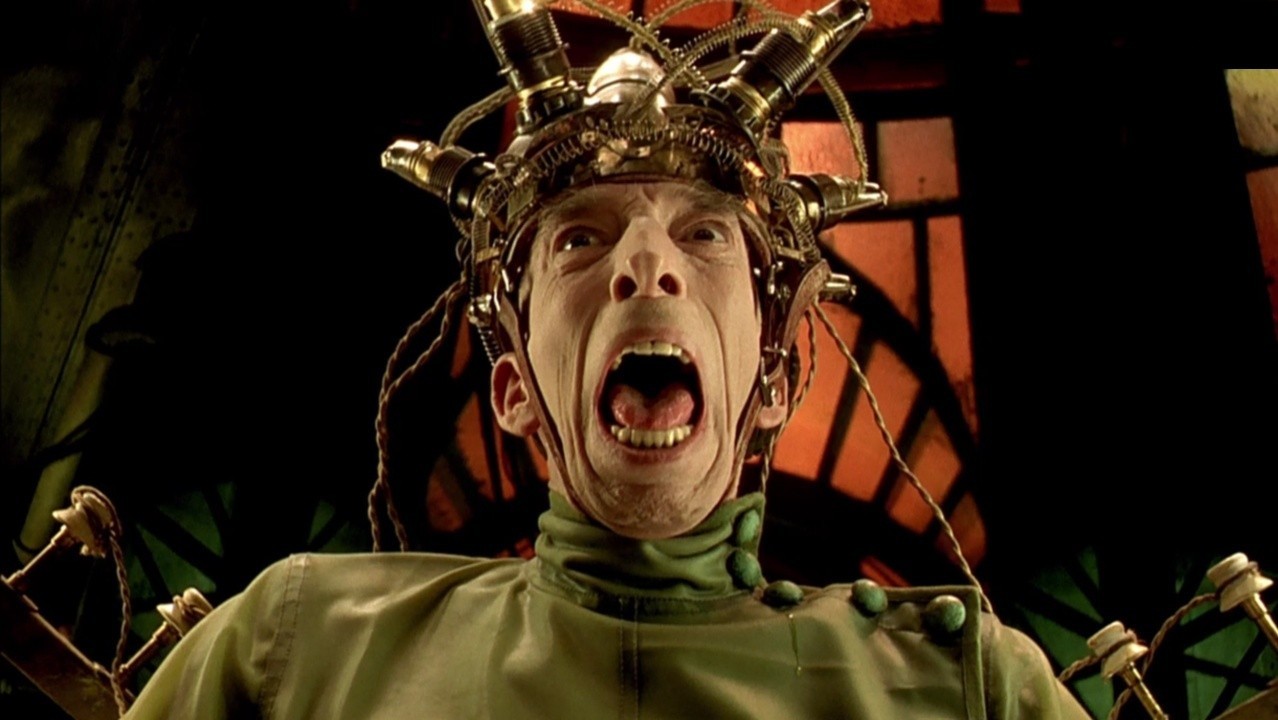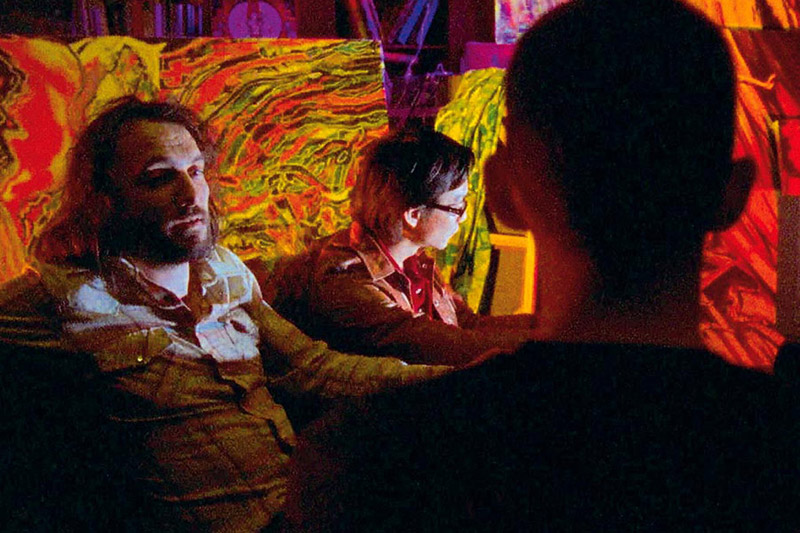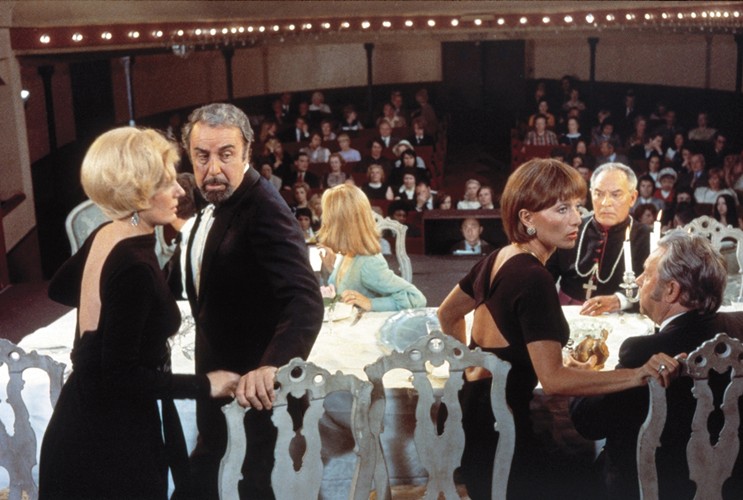
France is considered to be responsible for influencing the surrealist movement due to surrealism emerging from Dada art in Paris during WWI. The goal of surrealist art was to liberate imagination and the subconscious mind.
In the early 1920s, surrealists sought out a new art form that was separate from paintings and sculptures and discovered the perfect medium: cinema. They found comfort in films for it enabled them to allow the subconscious to speak.
Surrealist cinema continues to be distinctive among other film genres because it takes a simplistic plot and incorporated underlying abstract themes that words can’t even begin to describe. These films are made to leave a sempiternal effect on the human psyche.
To quote the modern master of surrealist cinema, David Lynch, “These surrealists who made the early films were shooting in the dark; they were feeling their way. But they’ve left behind a sign on a door that says, ‘Once this door is opened, in the future, it will make a way for a brand new kind of film.’”
1. Blood of a Poet (1932) Directed by Jean Cocteau
Blood of a Poet is not only Jean Cocteau’s directorial debut, it’s also the first film of his infamous “Orphic Trilogy”, the remaining two films being Orpheus and The Testament of Orpheus.
The film is told in four different parts and follows a young artist as he travels through numerous bizarre and surreal scenarios, including drawings and statues speaking to him in cryptic dialogue, the artist diving into a mirror to travel to an alternate universe, and humans turning into statues.
This film’s release was delayed two years due to the controversy that surrounded Un Chien Andalou which was released the year before. The meaning of this film is often debated, yet, no one can seem to agree on the exact meaning of Cocteau’s film.
2. Celine and Julie Go Boating (1974) Directed by Jacques Rivette
The film opens with Julie, a young red-haired woman, sitting on a bench reading a book when she looks up to see a young woman, Céline, stumbling across the park dragging a long scarf behind her that ends up falling to the ground. Julie runs over to pick it up but is unable to catch up to Céline and give it back. Over time, Céline begins to drop more and more possessions and their silly shenanigans begin.
Jacques Rivette was definitely successful in his attempt to make this film genuinely feel like a dream. There is an innocent sense of imagination that makes it feel as if a child had been consulted to help write it. Critics have praised this film as “perhaps the most important narrative film since Citizen Kane.”
3. Eyes Without a Face (1960) Directed by Georges Franju
Eyes Without a Face chronicles Dr. Génessier, a surgeon, and his daughter, Edna, who had been horribly disfigured in an accident. When Edna is forced to remain inside and wear a mask, her father starts to mutilate young women in hopes to provide his daughter a face transplant.
This film has hauntingly beautiful cinematography and a soundtrack scored by the prominent composer Maurice Jarre, who scored over a hundred films during his career such as Lawrence of Arabia, Dead Poet’s Society, and Doctor Zhivago.
The surrealism in this film is constituted by the widely unusual camera angles, film noir style, and from bizarre imagery, such as the white expressionless mask that Edna wears for the majority of the film. The mask later inspired the guise for infamous horror icon, Michael Myers.
4. The City of Lost Children (1995) Directed by Jean-Pierre Jeunet and Marc Caro
The City of Lost Children is truly unique. In this film, an aging scientist kidnaps children in attempt to steal their dreams, hoping that they can slow his aging process. Among the children he abducted is the younger brother of One, a carnival strongman, whom of which attempts to find him with the help of Miette, a young girl and thief and from there everything unfolds among a drab industrial society.
What makes this film great is its unusual camera angles, daunting sound effects and, of course, the remarkable acting. The characters are quite unique and range from conjoined twins to a talking brain in a tank. Ron Perlman, the star in this film, was the only person who was unable to speak French. To this day he still insists that his French is atrocious.
5. Enter the Void (2009) Directed by Gaspar Noé
Gasper Noé is known for his visionary and innovative filmmaking and Enter the Void is no exception. This film’s premise loosely follows The Tibetan Book of the Dead, a Buddhist book about the afterlife.
In the book, the afterlife is divided into different stages as the spirit watches over the living for an unspecified amount of time until it starts to experience nightmares then the spirit begins to reincarnate. In the film, a young man named Oscar who was shot by police during a drug deal, is now able to watch over his family and friends in the afterlife.
This film’s cinematography creates an intense and beautiful visual experience. It is filled with psychedelic imagery, techno music, and spectacular camera angles.
The little details in this film add to the experience as well. The POV shots are extremely impressive and even seem to show when the character blinks. The visuals in this film really make it into a marvelous escapade, however, those with epilepsy or a sensitivity to bright flashing lights should probably sit this one out.
6. The Discreet Charm of the Bourgeoisie (1972) Directed by Luis Buñuel
Buñuel really is the master of surrealist cinema and The Discreet Charm of the Bourgeoisie is considered by some to be his best film. The story surrounds a group of six wealthy people who continually have their dinner interrupted. However, the film is virtually plotless and travels seamlessly between reality and a dream world.
Buñuel easily shows how apathetic and conceited those in the ruling class are through bizarre and absurd scenes and dialogue. This film also contains three of Buñuel’s recurring dreams: forgetting his lines on stage, seeing his deceased cousin on the street and following him to a cobwebbed filled home, and waking up to his deceased parents watching him while he slept.
